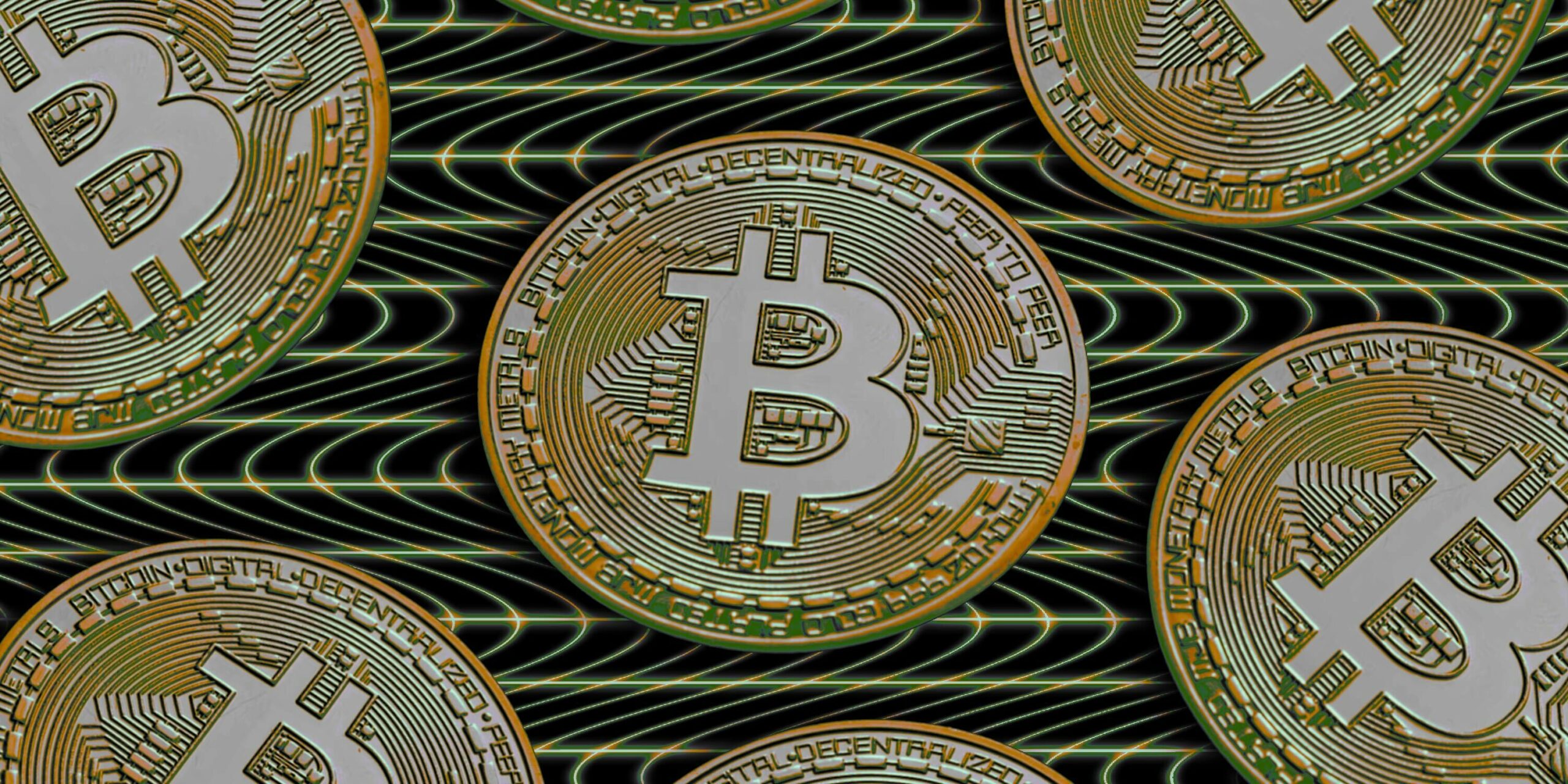Crypto exchanges, trackers and wallets that list Bitcoin alongside other cryptocurrencies are deceptive and predatory.

At this point in the evolution of digital assets, it is clear that Bitcoin is a digital commodity and that the majority of other cryptocurrencies are digital securities. Digital goods do not pass the Howey test, while digital securities do. The inclusion of these two categories in a linear scheme based on market value is misleading and predatory.
Graphic illustration of a crypto trading platform on a tablet and smartphone.
For a new entrant into the digital asset ecosystem, assuming they haven’t taken the time to study and understand the fundamental difference between digital goods and digital assets, they find exchanges listing all of these assets based on market capitalization and without realizing that , they associate them as alternative assets that compete in the same space. They are not.
A security, according to the Howey test, is an entity that involves the investment of money in a joint venture with a reasonable expectation of profit from the efforts of others. Most cryptocurrencies pass this test and should be registered as securities with adequate investor protection. Bitcoin fails this test and is thus classified as a digital commodity.
For example, FTX had issued a security token called FTT that investors could profit from the exchange’s activities. Because the exchange was largely unregistered and unregulated, it provided fertile ground for management to misuse client funds, resulting in crashes and massive losses for investors trading on the platform. This would not have happened if this entity had been fully registered, regulated and regularly audited.
Crypto asset price tracking websites, such as Coinmarketcap and Coingecko, often list digital assets in a single column, sorted by market cap. The assets are also listed in the same way on stock exchanges. Even media companies that report on digital assets, which are often listed in order of market value, have adopted this practice. This gives the impression that they belong to the same category.
Compared to traditional financial market participants such as Forex brokers and banks, different asset classes are separated before they are listed for public viewing. Consider looking at stock prices based on market capitalization and your broker sneaks in a bond. Wouldn’t you feel cheated? Yes, they are both investment products, but bonds should be listed separately to distinguish between the two.
Digital asset wallets are also major perpetrators of this fraud. They list the coins they support on a linear scale based on market capitalization or popularity, without distinguishing between digital goods and digital securities. Their users are fooled by this association trickery.
When the media report on the performance of traditional investment vehicles, they clearly distinguish between them. They often report on stocks, indices, bonds, commodities and so on. However, when it comes to digital assets, they overlook that they also have fundamental differences that should be distinguished for accurate reporting.
Commodities such as gold, bitcoin and oil are not investments. Instead, you speculate on their prices or use them to meet a need. In the case of securities, such as stocks, exchange-traded funds and cryptocurrencies, you invest with the expectation of profiting from the efforts of others.
When exchanges list digital assets on one line without categorizing them, a user is led to believe that they are all in the same category. A person looking for a digital asset to securely store value may unknowingly choose a centralized crypto from an exchange without realizing the huge benefits they would otherwise receive by choosing Bitcoin. The user would have a better chance of making an informed decision if the exchange had a separate list with proper labels indicating that this column is for digital securities and the other is for digital goods.
Because the goal of centralized exchanges is profit, they all want users to trade and hold their native tokens. In this regard, they are not motivated to distinguish between digital securities and digital goods. If an exchange has a native token, that token is considered a security and is subject to the risks associated with its own books. When the books are bad, the token holder often loses. This strengthens the basis for exchanges to provide accurate risk information for all assets they offer.
A digital commodity like Bitcoin should be categorized as a commodity in the money category. On the other hand, cryptocurrencies that pass the Howey test should be categorized as security tokens under the category of digital stocks.
With the losses that people have experienced when trading digital securities of associative nature along with digital goods, it is imperative that this distinctive feature is implemented in all digital asset platforms. This will help avoid the events that occurred in FTX, Celsius
























